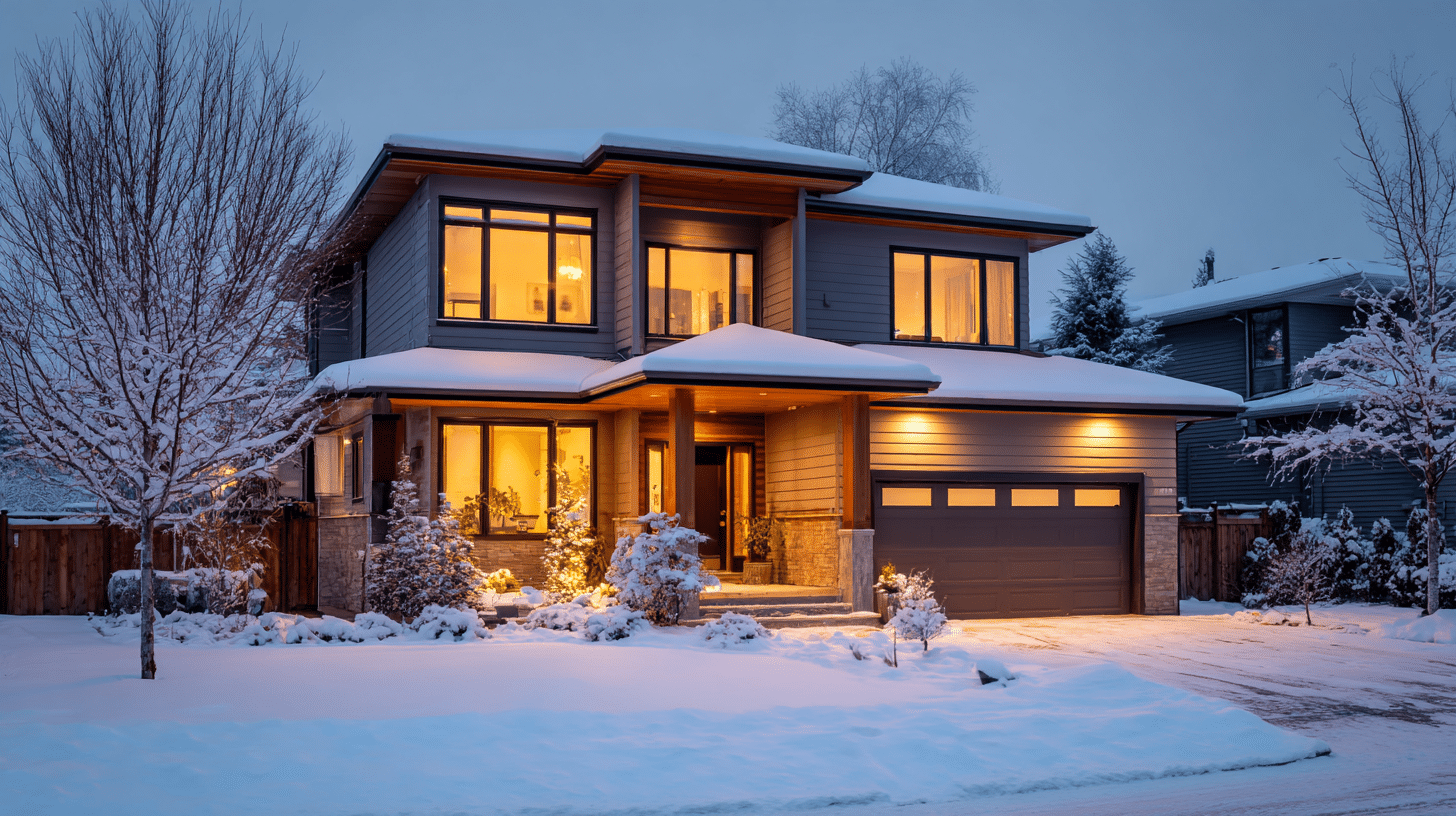When temperatures start to drop, your home becomes more than just a place to stay warm—it becomes a system that needs balance, protection, and care. Proper winterization not only keeps you comfortable but also saves a surprising amount on energy bills. Every draft, leak, and unsealed surface works against your heating system, forcing it to consume more energy than necessary.
To make your home truly efficient, it’s important to understand where heat escapes the most. Windows and doors are usually the biggest culprits, followed by attics, roofs, and poorly insulated pipes. Investing in sound insulation for windows can be a smart dual-purpose upgrade. While it’s designed to block outside noise, it also improves thermal performance by sealing air gaps and preventing heat loss. It’s one of those rare home improvements that boosts comfort and energy savings at the same time.
By tackling these weak spots before the first frost hits, you’ll create a more resilient and cost-effective home that stays warm without overworking your heating system.
Sealing and Insulating Your Windows Properly
Windows can account for up to 30% of a home’s heat loss during winter. Even modern double-pane glass can leak warmth if the frames are old or the seals are worn out. That’s why window maintenance is one of the most crucial steps in your winter prep.
Weather Stripping and Caulking Gaps
Start by inspecting your window frames. If you feel cold air seeping in, you likely have small gaps that need sealing. Apply weather stripping around movable joints and use caulk to fill stationary cracks where the frame meets the wall. This quick weekend task can instantly reduce drafts and improve energy retention.
For larger gaps or older windows, foam sealant can provide a more durable fix. Just be careful not to overfill—it expands as it dries.
Adding Window Insulation Film
Window insulation film creates a transparent barrier that traps warm air inside while blocking cold drafts. It’s an inexpensive and surprisingly effective solution. Apply it with double-sided tape and shrink it tight using a hairdryer. The result is almost invisible but noticeably warmer windows.
For a design-friendly alternative, consider thermal curtains. They combine elegance with function, offering both insulation and sound reduction benefits. Heavy fabrics like velvet or wool are especially effective for homes in colder regions.
Upgrading Doors and Entry Points
Doors often leak more air than you realize. A worn-out seal or a small gap under the threshold can lead to significant heat loss. Check the weatherstripping around the door frame and replace any brittle or cracked sections. Install a door sweep or draft stopper to block air from sneaking in at the bottom.
If your entry door is older, upgrading to an insulated steel or fiberglass model can make a big difference. These doors have energy-efficient cores that help stabilize indoor temperatures. For an extra layer of protection, add a storm door—it creates an air pocket that acts as natural insulation.
Attic and Roof Insulation Essentials
Warm air rises, which means your attic is one of the main escape routes for heat. If insulation levels are low, you’re essentially paying to warm the sky.
Adding blown-in cellulose or fiberglass batts between joists can help retain heat where you need it most. Make sure the attic floor is evenly covered, with no gaps around vents or chimneys. Don’t forget to seal the attic hatch—it’s a small spot that often goes unnoticed but leaks a surprising amount of heat.
Proper roof insulation also protects against ice dams, which form when warm air melts snow unevenly, causing water to refreeze near the edges. Keeping the attic cold and well-insulated prevents this costly winter problem.
HVAC System Preparation and Maintenance
Your heating system is the heart of your home during winter. If it’s not running efficiently, no amount of insulation will keep you warm. Start with a professional inspection to make sure the furnace, heat pump, or boiler is operating at full capacity. A technician can check for leaks, clean internal components, and verify safe carbon monoxide levels.
Changing or cleaning filters is another simple but critical step. Clogged filters make your HVAC system work harder, consuming more energy and reducing airflow. Replacing them every one to three months keeps the system breathing easily and extends its lifespan.
Furnace Inspection and Filter Replacement
Inspect the furnace cabinet for dust buildup and clean the blower if needed. Check for signs of corrosion or moisture around the base. If you hear rattling or grinding noises, schedule a tune-up immediately. Replacing filters regularly is a quick, low-cost way to boost efficiency by up to 15%.
Programmable Thermostat Installation
Smart thermostats are one of the easiest upgrades for saving on energy bills. They learn your habits and automatically adjust temperatures when you’re away or asleep. Even simple programmable models can make a noticeable difference—lowering heat at night and raising it before you wake up keeps the home cozy without waste.
You can expect to save roughly 10% per year on heating and cooling costs with consistent use. It’s a small change that pays off all season long.
Insulating Pipes and Water Heater
Frozen pipes are more than an inconvenience—they’re a potential disaster. Insulating your plumbing helps prevent bursts and conserves the energy your water heater uses. Focus first on exposed pipes in basements, crawl spaces, and garages.
Foam sleeves are inexpensive and easy to install. Wrap them tightly around each pipe, securing the ends with tape or zip ties. For extra protection in extremely cold areas, consider electric heat tape that activates automatically when temperatures drop.
The water heater also deserves attention. Wrapping it with an insulation blanket can cut heat loss by up to 40%. It’s an especially smart move if your unit is older or located in an unheated space.
Creating Your Winterization Checklist and Timeline
Preparation works best when it’s planned. Start by walking through your home with a notepad and noting every area that needs attention—windows, doors, pipes, and vents. Break your checklist into categories: quick fixes, weekend projects, and professional services.
Tackle the simplest jobs first, like sealing gaps and replacing filters. Schedule HVAC maintenance and insulation upgrades early in the season before the rush of cold weather appointments begins. Having a clear timeline helps you spread costs and effort evenly instead of scrambling at the last minute.
Finally, revisit your checklist at the end of winter. Assess what worked, what didn’t, and where you can improve next year. A well-prepared home doesn’t just survive the cold—it thrives in it, keeping you warm, efficient, and worry-free through every snowstorm.








